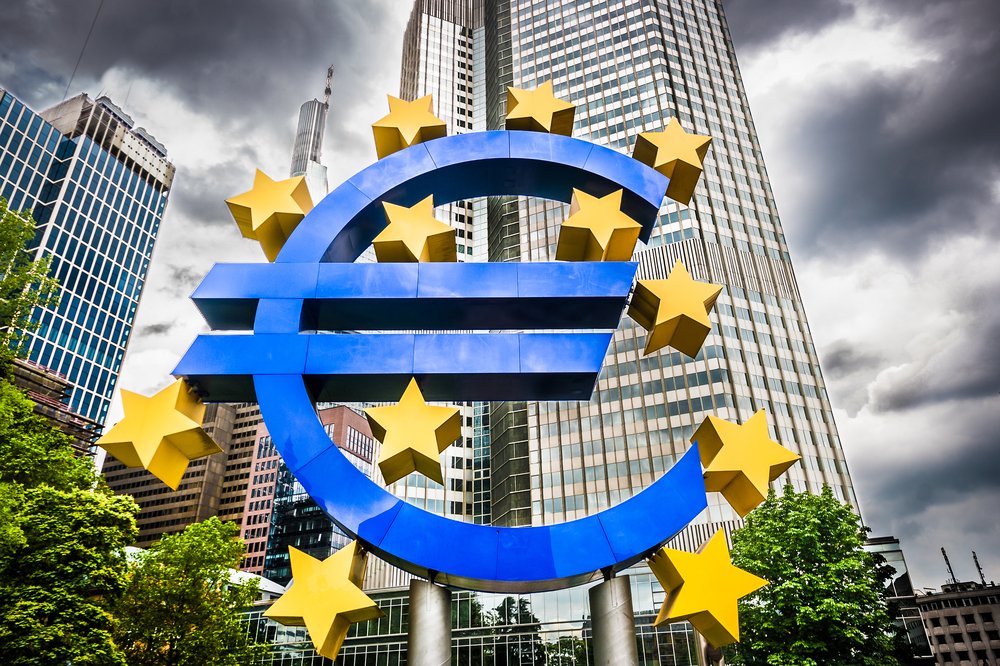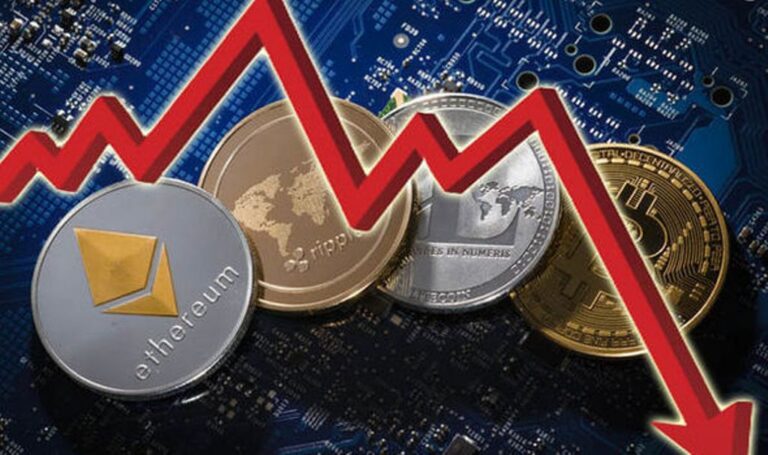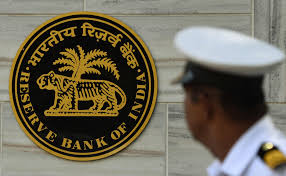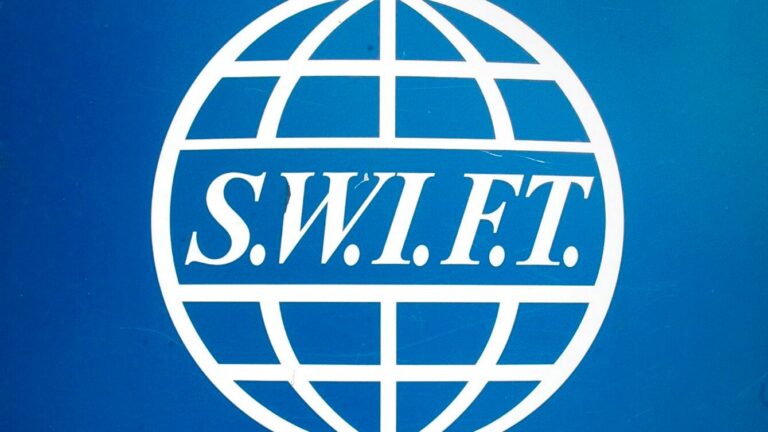The Euro Zone has Raised Interest Rates for the First Time in 11 years. Is this a Sign of Bad Things Getting Worse?
In a more significant than expected action intended to combat inflation throughout the Eurozone, the European Central Bank (ECB) announced a hike in interest rates for the first time in more than ten years. The increase will become effective on July 27.
Ironically, Mario Draghi resigned from his position as prime minister of Italy on the same day. This is the same man who, upon taking control of the ECB at the time, made the infamous promise to do “whatever it takes” to maintain the euro.
ECB officials are under pressure from German, Dutch, and Austrian officials to raise borrowing charges amid worries that debt financing costs would rise for southern European members of the euro currency bloc.
Meanwhile, the European Central Bank has joined several other central banks in prioritizing concerns about runaway inflation fueled by Russia’s invasion of Ukraine, among other things, over fears of strangling growth.
The ECB unexpectedly increased its base interest rates by 0.5 percentage points when economists had anticipated a lesser increase of 0.25 percentage points. The central bank increased interest rates by 50 basis points, the largest since 2000 and double the level suggested last month.
Is this a Sign of Bad Things Getting Worse?
The ECB said the hike was essential due to an increase in food and gasoline prices that shows no signs of slowing down in the coming months, thus joining the U.S. Federal Reserve and Bank of England in the fight against inflation.
“We expect inflation to stay undesirably high for some time,” said Christine Lagarde, president of the ECB, “because of the ongoing pressures from oil and food costs, as well as pipeline pressures in the pricing chain.”
After the decision, she addressed the media and claimed that the depreciation of the euro versus the dollar had increased import costs, putting more pressure on inflation.
With a zero rate, neither borrowers nor institutions profit from having money on deposit. The banks have been under intense pressure to lend money to businesses and individuals to stimulate the economy.
The ECB’s decision is not without its critics. Many believe that ECB was dozing off at the wheel of inflation when it soared to 8.6% across the Eurozone – more than four times the central bank’s target of 2%.
Some argue that the ECB is risking a repeat of the situation in 2008 when it cut rates too late and allowed inflation to spiral out of control. But the ECB is adamant that it will not make the same mistake again and has taken decisive action to nip inflation in the bud.
The dependence of the European Union on Russian oil and gas makes it vulnerable. This week, it advised members to start conserving supplies out of concern that Moscow will stop shipments, leading to shortages and more price increases.
The ECB’s decision today will have immediate repercussions.
- Banks will raise their rates, leading to higher mortgage payments for Eurozone citizens.
- The cost of borrowing will also increase for businesses, which could lead to higher consumer prices. The theory is that by raising the cost of borrowing money, consumers would spend less, reducing demand and, ultimately, prices.
However, there are worries about how heavily indebted European countries, like Italy and Greece, may be impacted by increasing borrowing prices.
But the ECB bets that the short-term pain will be worth it in the long run, as inflation starts to fall and economic growth picks up.
Government Bonds’ Reaction to ECB Interest Rate Hike
The European Central Bank’s first interest rate hike in more than a decade sent shockwaves through the bond market on Thursday, with yields on government debt spiking across the euro area.
The yield on the German benchmark Bund jumped to its highest level since April 2016 at 0.64 percent, while the yield on French government debt rose to a one-year high of 0.90 percent.
The ECB’s decision to raise interest rates was widely expected to trigger a sell-off in government bonds as investors risk more hikes.
Markets continue to reflect a gradual, protracted tightening of monetary policy in the Eurozone. Contrarily, the yield curve in the U.S. depicts a Federal Reserve that is already overly aggressive and may perhaps go too far and force authorities to soften in two years.
One obstacle that makes it more difficult for the ECB to raise rates is the possibility that doing so could cause the financial infrastructure that holds the euro together to break.
The Fed operates through a single Treasury market, whereas the ECB must deal with 19 sovereign governments. In times of unrest, bonds from weaker nations trade with a wider spread than German paper, posing a danger to the affordability of interest payments.
As Mr. Draghi demonstrated ten years ago, the only way to address this issue was to pledge to commit to purchasing as much debt as was required to close these spreads, thus mutualizing the loans of wealthy and impoverished eurozone members.
Mr. Draghi had one advantage over Christine Lagarde, the current head of the ECB, in that releasing the money taps when interest rates were falling solved both issues. The ECB proposed a new Transmission Protection Instrument, or TPI, which might allow policymakers to buy as many bonds as necessary in exchange for a more significant, front-loaded hike in borrowing costs on Thursday.
However, this was not enough to counteract the recent increase in Italian bond spreads. So little is known about how ECB tends to use new instrument, which may be weighing on investors’ thoughts. The ECB stated that it “may be engaged to address unjustified, chaotic market dynamics.” Still, it is unclear what qualifies as such—for instance, is the political crisis that resulted in Mr. Draghi’s ouster sufficient?
Likewise, the ECB reserves the right to exclude nations that have “serious macroeconomic imbalances” or are found to violate E.U. fiscal regulations. This explicitly places the central bank, as it did with Greece in 2015, in the political role of policing disobedient governments.
The new instrument is also notable for what it says about the ECB’s current position. To use this tool, rates would have to be low enough that the ECB can buy an unlimited amount of a nation’s bonds without triggering the so-called “bond yield floor.” This is the minimum interest rate a government can offer to borrow money.
Given the persistent weakness of the eurozone economy and the dangers of Russia cutting off the gas supply, it appears unlikely that the ECB will be able to raise borrowing prices significantly in the long run. This suggests that euro weakness will persist. The fact that Italy and Spain are unlikely to default without endangering the central bank’s ability to function further argues that the TPI will become active if spreads become unusually large.
However, the ECB has ignored its recommendations and made no new ones in the near term, giving itself the freedom to purchase bonds—or not—as it seems fitting. Even if U.S. monetary policy may be unexpected for investors, it is nothing compared to Europe.
Central Banks in Several Bids to Control Inflation
The ECB is not the only central bank that has been forced to take unconventional actions to control inflation. The Reserve Bank of India stated that its benchmark interest rate would increase by 50 basis points to 4.90 percent. This is the first time the RBI has hiked rates in over four years.
The move surprises many, as the RBI had been widely expected to maintain rates at their current levels due to concerns about economic growth.
The Reserve Bank of Australia shocked economists this week by increasing its official rate by 25 basis points to 0.35 percent on Tuesday. The upward movement was the nation’s first in ten years. Experts expected the RBA to cut rates by at least 25 basis points.
The Bank of Canada hiked rates last week for the second time in as many months, and the U.S. Federal Reserve has also been gradually tightening monetary policy. The Bank of England and the Fed, the U.K.’s central bank equivalent, have inflation targets of 2%. The current U.K. inflation rate is 7%.
However, while central banks have different goals, they are all facing the same problem: a global economy struggling to find its footing. But, the ECB’s move is to combat inflation, while the actions of other central banks are more focused on stimulating growth. It remains unclear whether or not these actions will be enough to jumpstart growth.
The conflict in Ukraine is escalating inflationary pressures globally. Rising energy costs and the recovery of the world economy after the pandemic are other reasons contributing to inflation.
Conclusion
The Eurozone is facing some challenges, and the ECB’s decision to raise rates signifies that central banks are increasingly worried about inflation. And, with good reason. If inflation gets out of control, it can be challenging to back down. Only time will tell if today’s interest rate hike will be enough to combat inflation and prevent further economic turmoil in the months and years to co






